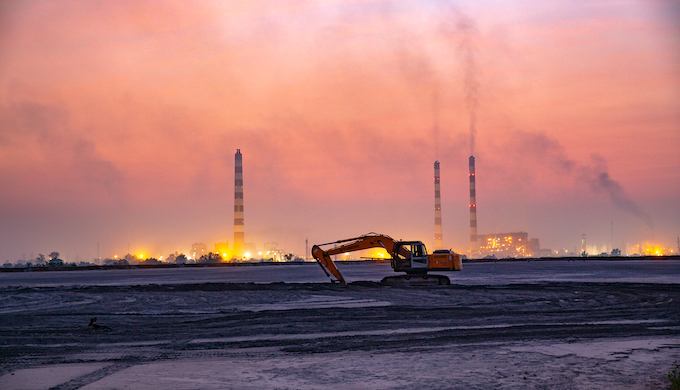While you were quarantined, plastic waste piles have been growing exponentially around the world. The COVID-19 pandemic has led to an unprecedented demand for personal protective equipment and a massive spike in the use of single-use plastics due to hygiene fears over reusable alternatives. Even before the pandemic, the global plastic waste production had steadily increased by 10 million metric tons every year in the 2010’s decade, to reach almost 360 million metric tons per year in 2018. Plastic waste is pouring out into the natural world at a rate of 8 million tonnes a year, or one garbage truck per minute.
A new report ‘Talking Trash: The Corporate Playbook of False Solutions’ from The Changing Markets Foundation alleges that for decades the oil industry, consumer brands and retailers have proactively obstructed and undermined proven legislative solutions to the plastic crisis. The report points out that one of the key tactics of the corporations has been to saddle ‘litterbug’ consumers with most of the blame — and public authorities with most of the cost, even as they lobby at every level to fight against proven solutions, such as Extended Producer Responsibility (EPR) that would drive mandatory collection of packaging, policies to increase reuse and phase out of certain problematic plastic types or products, as that would require them to take on the true costs of plastic pollution.
Even the much-touted voluntary initiatives and commitments are a farce and nothing but a tactic to delay and derail progressive legislation — all while distracting consumers and governments with empty promises and false solutions. The report has critically analysed voluntary commitments from the 10 biggest plastic polluters (Coca-Cola, Colgate-Palmolive, Danone, Mars Incorporated, Mondelēz International, Nestlé, PepsiCo, Perfetti Van Melle, Procter & Gamble, and Unilever), who have a joint plastic footprint of almost 10 million tonnes per year.
All these companies are complicit in spreading the false narrative of recycling. For example, Coca-Cola, responsible for 200,000 tonnes of plastic pollution per year, had committed to using at least 50 percent recycled material in its packaging by 2030. Currently, the company reports that recycled content makes up about 10 percent of its total plastic-packaging volume.
Meanwhile, our landfills are groaning under the weight of the plastic waste, our waterways are choked, dumpsites are burning relentlessly adding toxicity to our already polluted air and marginalised communities are left to deal with tonnes of waste that is not of their making.
Interestingly, a recent Interpol strategic report on global plastic waste management has found an alarming increase in illegal plastic pollution trade across the world since 2018. Difficulties in treating and monitoring the plastic waste surplus in both export and import countries have opened doors for opportunistic crime in the plastic waste sector, both in terms of illegal trade and of illegal waste treatment.
According to the Interpol report, plastic waste processing is a high-value market, providing business opportunities and revenue through energy recovery (via incineration) and raw material generation (via recycling). The global recycled plastics market alone was valued at $34.80 billion in 2016 and is projected to reach $50.36 billion by 2022 — not counting the traditional waste processing market, including incineration and landfill.
The plastic waste market entails processing costs at different stages of the plastic waste value chain, notably infrastructure and labour costs, as well as taxation, especially taxes imposed on incineration and landfill in countries that encourage recycling. Plastic waste crime consists of efforts to reduce or circumvent those costs, or to make profit by charging those costs to clients.
The report goes on to say that waste criminals have proven to adapt their modus operandi to regulation changes fast and criminal trends have shown rapid evolutions in the past couple years. Moreover, when changes are not well regulated, they offer opportunities for new criminal businesses to grow.
Reading these two reports together paints a deadly picture of corporate irresponsibility on one hand and illegal waste trade on another that has almost certainly allowed illegal recycling facilities to thrive, that are profiting by circumventing license costs and environmentally sound treatment costs.
Nusa Urbancic, Campaigns Director at the Changing Markets Foundation, sums it up, “The voluntary initiatives and commitments by the industry have failed. Policymakers should look past the industry smokescreen and adopt proven, progressive legislation globally to create the systemic change that this crisis so urgently needs.”
Shailendra Yashwant is senior advisor to Climate Action Network South Asia (CANSA). Views are personal.
First published on 23 September 2020 on MoneyControl



